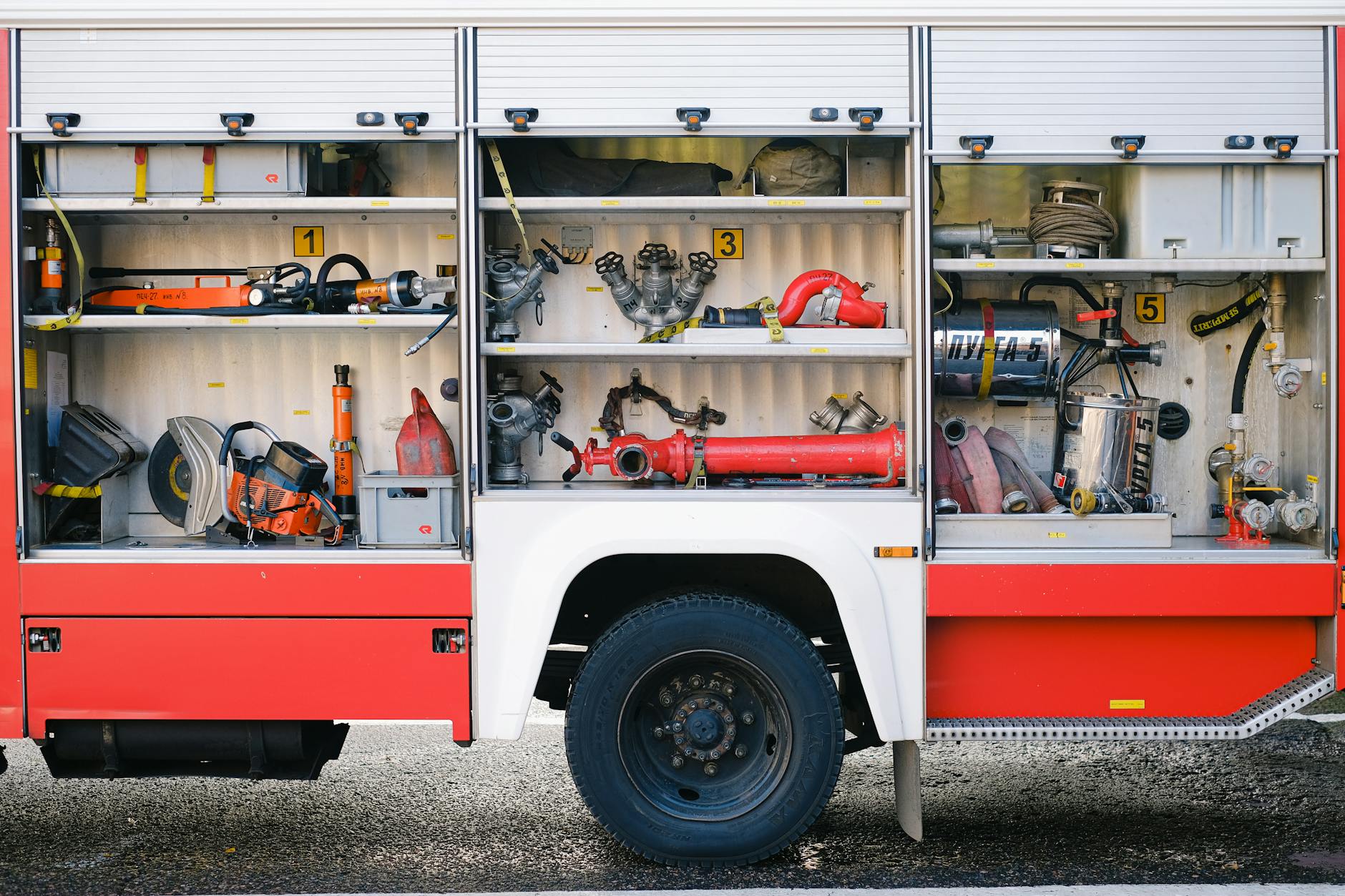
Emergency Rescue Equipment
In times of crisis and disaster, having the right emergency rescue equipment can mean the difference between life and death. From medical emergencies to natural disasters, the proper tools and gear are essential for responders and individuals alike to effectively address emergencies and save lives. Let’s explore the world of emergency rescue equipment to understand its importance, types, and applications in emergency response scenarios.
Understanding Emergency Rescue Equipment
Emergency rescue equipment refers to a wide range of tools, gear, and supplies used by emergency responders, first aid providers, and individuals to respond to and manage emergencies of various types. This equipment is designed to provide essential support for medical treatment, search and rescue operations, firefighting, extrication, and other emergency response tasks.
Types of Emergency Rescue Equipment
There are numerous types of emergency rescue equipment tailored to specific needs and scenarios:
- Medical Equipment: Medical equipment includes items such as first aid kits, trauma kits, automated external defibrillators (AEDs), oxygen tanks, cervical collars, splints, and stretchers used for providing emergency medical care to individuals injured or ill during emergencies.
- Extrication Tools: Extrication tools are used to free individuals who are trapped or entangled in vehicles, machinery, or structural debris. Common extrication tools include hydraulic rescue tools (such as spreaders and cutters), pneumatic tools, reciprocating saws, and hand tools like pry bars and axes.
- Firefighting Gear: Firefighting gear includes personal protective equipment (PPE) such as fire-resistant clothing (turnout gear), helmets, gloves, boots, and self-contained breathing apparatus (SCBA) used by firefighters to protect themselves while battling fires and conducting rescue operations.
- Search and Rescue Equipment: Search and rescue equipment encompasses tools and gear used to locate, extricate, and evacuate individuals who are lost, injured, or trapped in remote or hazardous environments. This may include ropes, harnesses, carabiners, pulleys, GPS devices, thermal imaging cameras, and drones.
- Communication Devices: Communication devices such as two-way radios, satellite phones, cell phones, and signal flares are essential for maintaining communication between responders, coordinating rescue efforts, and requesting assistance from outside agencies or resources.
- Personal Protective Equipment (PPE): PPE includes items such as helmets, gloves, safety glasses, respirators, and protective clothing designed to protect responders and individuals from hazards such as chemicals, biological agents, and physical trauma during emergency response activities.
- Lighting Equipment: Lighting equipment such as flashlights, headlamps, lanterns, and scene lights provide illumination in low-light or dark environments, enabling responders to effectively conduct search and rescue operations, assess patient conditions, and navigate incident scenes.
Applications of Emergency Rescue Equipment
Emergency rescue equipment has numerous applications across a wide range of emergency response scenarios:
- Medical Emergencies: Medical equipment such as first aid kits, AEDs, and trauma supplies are used to provide emergency medical care to individuals experiencing injuries, illnesses, or medical emergencies.
- Vehicle Extrication: Extrication tools are employed to free individuals trapped in vehicle accidents by cutting through metal, glass, or other materials and creating access points for rescuers to safely remove occupants.
- Structural Collapse: Search and rescue equipment is used to locate and extricate individuals trapped in collapsed buildings or structures following disasters such as earthquakes, explosions, or terrorist attacks.
- Wilderness Rescues: Search and rescue equipment is essential for locating and evacuating individuals who are lost, injured, or stranded in remote or rugged terrain, such as mountains, forests, or deserts.
- Fire Suppression: Firefighting gear and equipment are used to suppress fires, protect property, and rescue individuals trapped in burning buildings or vehicles.
Conclusion
Emergency rescue equipment is the backbone of effective emergency response, providing responders and individuals with the tools and gear they need to save lives, protect property, and mitigate the impact of disasters and emergencies. By ensuring access to high-quality, well-maintained equipment and providing training in its proper use, emergency responders and communities can enhance their preparedness and resilience in the face of adversity.
Safety Standard Operating Procedures Manual
HSE Standard Operating Procedures
FAQs about Emergency Rescue Equipment
- Where can I purchase emergency rescue equipment?
- Emergency rescue equipment can be purchased from specialized vendors, retailers, and online stores that cater to emergency responders, first aid providers, and individuals preparing for emergencies.
- How should emergency rescue equipment be maintained?
- Emergency rescue equipment should be inspected regularly, cleaned as needed, and stored in a clean, dry environment away from extreme temperatures, moisture, or direct sunlight to ensure it remains in good working condition.
- Can individuals receive training in the use of emergency rescue equipment?
- Yes, many organizations offer training courses and certification programs in the proper use of emergency rescue equipment, including first aid training, extrication training, and search and rescue training.
- What should I do if I encounter someone in need of emergency assistance but lack equipment?
- If you encounter someone in need of emergency assistance but lack equipment, you can still provide basic aid such as calling for help, providing reassurance, and administering simple first aid techniques such as applying pressure to stop bleeding or performing CPR if trained to do so.
- Are there regulations or standards governing the use of emergency rescue equipment?
- Yes, emergency rescue equipment is subject to various regulations, standards, and guidelines established by government agencies, industry organizations, and professional associations to ensure its safety, effectiveness, and quality.
























